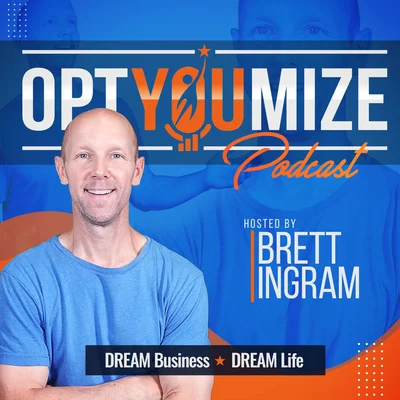Starting and growing a business in today’s digital age offers a wealth of opportunities and resources, but it can also be overwhelming due to the sheer volume of information, strategies, and tactics available. With a few clicks, you can access countless ideas and solutions, but the challenge lies in deciphering which approach is best suited for your unique circumstances. In this comprehensive guide, we’ll explore various factors to consider when embarking on your entrepreneurial journey and help you navigate the decision-making process.
1. Defining Your Purpose
Before diving into the intricacies of starting and growing a business, it’s essential to clarify your purpose and motivation. Why do you want to start a business? The reasons can vary widely, from a desire to change the world with a groundbreaking idea to the pursuit of financial freedom, escaping a mundane job, or helping others solve problems. The key takeaway here is that any driving force behind your entrepreneurial venture is valid. What matters most is that you have a clear purpose that fuels your commitment and determination.
2. Structuring Your Business
Once you’ve defined your purpose, the next step is to consider how you’ll structure your business. The structure of your business can vary depending on your goals, available resources, and personal preferences. Here are some key aspects to ponder:
- Business Plan: While a well-thought-out business plan can be valuable, it’s essential to strike a balance between planning and action. Detailed business plans can be time-consuming to create, and they may not always align with the evolving realities of your business.
- Financing: Consider how you’ll finance your business. Options include self-financing using savings, credit, or loans, seeking venture capital, attracting angel investors, or turning to crowdfunding. Each choice comes with its advantages and challenges, so weigh them carefully based on your financial situation and goals.
- Physical Plan: Determine whether your business will require a physical presence, such as an office, storefront, or manufacturing facility, or if it can operate entirely online. Your choice will depend on the nature of your business and your target market.
- Staff and Employees: Decide whether you want to hire full-time employees, rely on freelancers and outsourcing, or work solo. Your preferences and the demands of your business will influence this decision.
- Fulfillment: Consider how you’ll handle inventory, shipping, and fulfillment. Depending on your business model, you may choose to stock inventory, utilize drop shipping, or focus on digital products and services.
- Technology: Determine whether you want to manage your technology in-house or leverage third-party solutions. Assess your technical expertise and control preferences when making this choice.
3. Crafting Your Marketing Strategy
Effective marketing is crucial for any business’s success. However, the right marketing strategy depends on your business type and your personal inclinations. Here are various marketing approaches to consider:
- Advertising: Running ads through radio, TV, online platforms, billboards, or direct mail can help you reach a broader audience quickly. It’s a suitable option for businesses seeking fast visibility.
- SEO and Content Marketing: If you enjoy creating content and building organic visibility, search engine optimization (SEO) and content marketing can be highly effective. They require patience and consistency but can yield long-term results.
- Social Media and Influencer Marketing: Engaging with your audience through social media platforms and collaborating with influencers can help build brand awareness and credibility.
- Joint Ventures and Affiliates: Partnering with other businesses or affiliates can help you leverage their audience and expand your reach.
The optimal marketing strategy depends on your strengths, interests, and the nature of your business. Choose a strategy that aligns with your preferences and resources.
4. Considering Your Business Type
Finally, your choice of business type plays a crucial role in determining the best approach to start and grow your venture. Whether you’re launching a large-scale manufacturing operation, a local service business, or a digital startup, your business’s specific requirements will guide your decisions.
In conclusion, there is no one-size-fits-all answer to the question of how to start and grow a business. The “best” way depends on your unique circumstances, including your purpose, financial situation, preferred structure, marketing approach, and business type. By carefully considering these factors and tailoring your approach accordingly, you can embark on your entrepreneurial journey with confidence and clarity.
Remember that the entrepreneurial path is filled with challenges and uncertainties, but it’s also brimming with opportunities and rewards. Whether you choose to create the next groundbreaking innovation or simply want to enjoy the freedom of being your own boss, your entrepreneurial journey begins with a clear understanding of your goals and a well-informed strategy to achieve them.
watch this episode on the optYOUmize YouTube channel: optYOUmize podcast Youtube
want more traffic, leads, and sales from your website without any extra promotion? Meet PROHMOS





